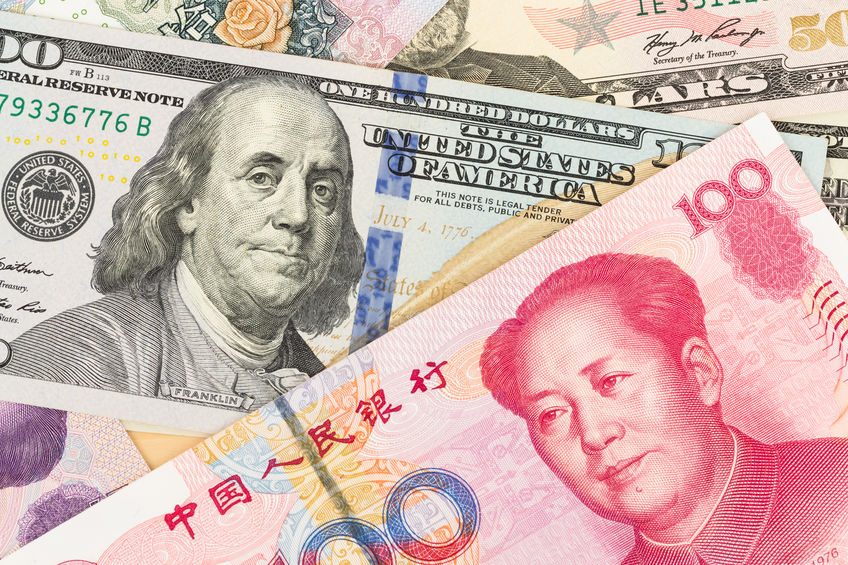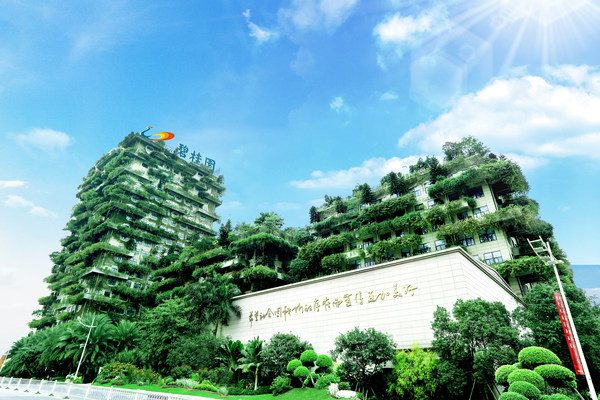This article is from the Australian Property Journal archive
IT’S an age-old question: how much money do you need to be considered super-wealthy? the Centi-Millionaire Report has been released, giving an insight into where you can find some of the wealthiest people in the world worth $100 million plus.
The term ‘super wealthy’ used to be coined for people with a fortune of USD 30 million however that has since been adjusted for those with $100 million+ with inflation costs over the last couple of decades.
In the first global study of centi-millionaires, Henley & Partners revealed that although a handful of the world’s billionaires such as Elon Musk, Mark Zuckerberg, Jeff Bezos, Roman Abramovich, and Bill Gates dominate the news headlines, their wealth cohort is outnumbered nearly 10-to-1 by a fast-growing global elite of highly influential super-wealthy movers and shakers who boast USD 100 million or more in investable assets.
Furthermore the United States of America boasts the highest amount of centi-millionaires in the world, despite constituting only 4% of the world’s total human population.
38% of the world’s 25,490 centi-millionaires come out of the US (9730) with China (2021) and India (1132) in 2nd and 3rd place. The top European countries are the UK and Germany who have 968 and 966 respectively. Australia is 9th on the list with 463 citizens worth over $100 million. The highest-ranked African country is South Africa who sit 27th, with 92 centi-millionaires.
The generation of the baby boomers is reported to be the dominant cohort of centi-millionaires despite an influx of younger businesspeople who have founded successful companies. White males over 55 across the US and Europe makes up the majority of the moment but growth in Asia is rising quickly.
“At around 57%, the growth of centi-millionaires in Asia will be twice that of Europe and the US over the next decade,” said Misha Glenny, financial journalist, author, and contributor to the report.
“Concentrated primarily in China and India, the centi-millionaires in these countries are set to eclipse their European and American peers.”
In fact, Vietnam is tipped to have the fastest growth for centi-millionaires over the next decade, with a 95% growth rate forecasted. The real estate, technology and financial service sectors are flourishing in Vietnam and look to be a solid area to invest in the near future. India is also expecting an 80% growth in centi-millionaires within the next 10 years and Mauritius isn’t too far behind with a 75% growth rate anticipated. Healthy growth of 60% is predicted in the report for Australia.
Centi-millionaires have the same goal of protecting their wealth and some are banding together in the US in particular, seeking out Henley & Partners for residencies and citizenships. Group head of private clients says the firm has opened up three new offices to meet the growth in demand from the super-wealthy. “The super-rich are increasingly pursuing a domicile diversification strategy to broaden their investment opportunities and business operations and achieve location fluidity to safeguard against risks ranging from currency fluctuations to geopolitical conflict, climate change, and viral outbreaks. They want to create a portfolio of complementary residences and citizenships that unlocks the world by providing them with personal access rights to a range of different cities, countries, and jurisdictions.”
The super-rich pursue this life of wealth to allow them to live life without the financial burden that can often plague others. With this freedom of financial concern, it can open up many avenues to try things with minimal risk while it offers up unlimited opportunities for family, business and the future. As some of these centi-millionaires get older, more appear to be dipping into their chequebooks to put money towards important things, Stephen Klimczuk-Massion, member of the advisory committee of Andan Foundation says.
“Centi-millionaires are increasingly taking the view that funding their passions in a deeply personal and direct way will generate out-sized results. There’s certainly a new culture of ‘giving while living’, in contrast to endowing large foundations as a crowning end-of-life gesture.”




